
Who can forget the slogan by the cartoon character Bart Simpson demanding "You better never lay a finger on my Butterfinger" A Butterfinger candy bar is a mix of crunchy melt-in-your-mouth goodness. From its creation and beyond, Butterfinger remains a popular candy. Created by one company and now made by another, the candy is occasionally reinvented into various versions. Each variation has the same basic ingredients, with the end result always being delicious.
History
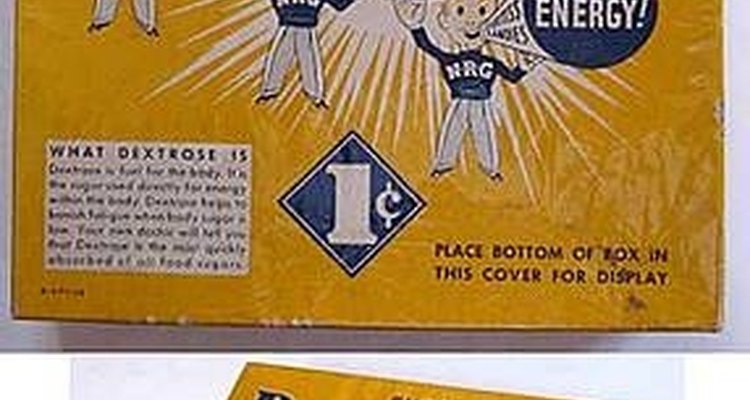
The Butterfinger candy bar was created by the Curtiss candy Company in 1923. A contest was held to create the name. The Curtiss Company dropped free butterfingers from airplanes in several cities to publicize the candy. Later, it was then sold to the Nabisco Company. Legend has it that the original recipe was lost, causing Nabisco to create a copy of the original the best that they could. It remained a favorite seller and continued to be so after Nestle bought Butterfinger in 1990.
Types
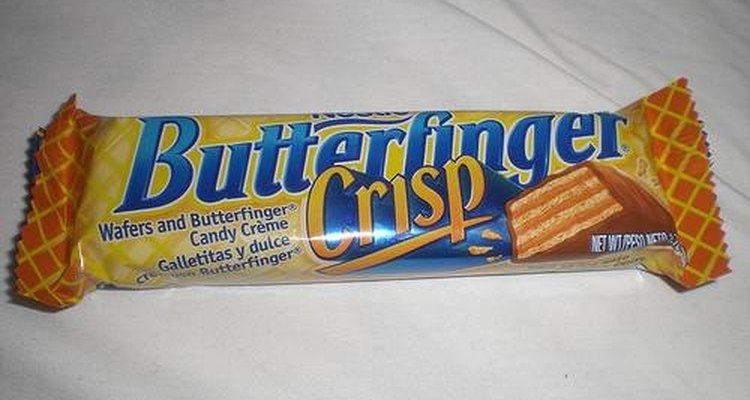
The original thin Butterfinger candy bar is the most well know,. However there are other versions of the candy. The Butterfinger crisp bar has cookie wafers with the peanut butter filling in between the layers and covered in chocolate. During Halloween, Butterfinger fun sized bars, about 1/4 the size of a full sized bar are popular trick or treat candies. More rarely seen are the large flat Gourmet Butterfinger bar and the tiny balls of candy called Butterfinger BB's. The branding of Butterfinger has also been extended for use in ice cream and cookie mixes.
Features
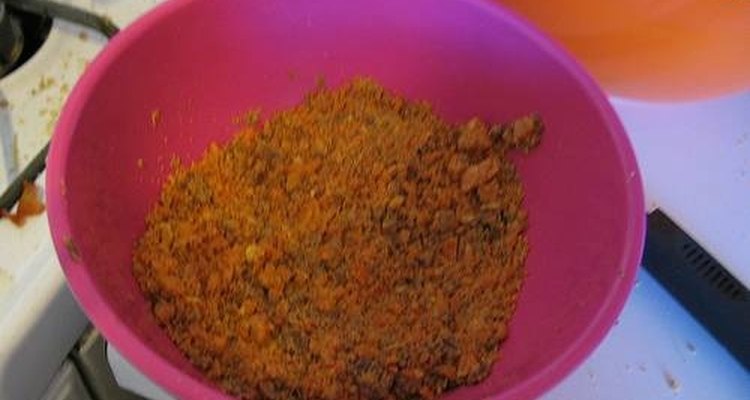
Butterfinger candy bars basic features are an orange colored flaky peanut butter filling surrounded by chocolate. The filling has a coarse crumbly crispy texture when crushed. Butterfinger Crisp bars have the same taste, filling and chocolate with the addition of layers of crispy wafers inside. All other varieties of the candy have the same basic ingredients and texture.
Nutrition
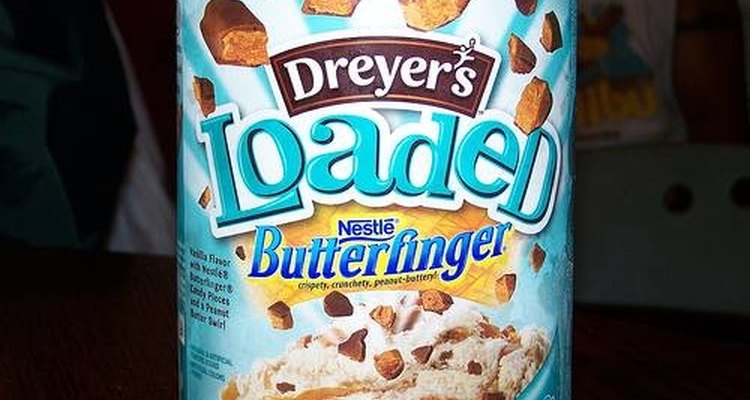
There are 6 grams of saturated fat and 0 grams of trans fat in one Butterfinger bar. They are cholesterol free but contain 135 mg of sodium and 29 grams of sugar. The bar contains 270 calories per bar with 100 of those coming from the fat content. The various Butterfinger candy bar variations and ice creams vary in fat contents.
Potential

The Nestle Corporation is constantly trying new versions of Butterfinger bars and candy to keep up with current trends in society. One of those trends recently are products with caffeine in them. Butterfinger has met this trend with limited edition Butterfinger called Butterfinger Buzz. The Butterfinger Buzz candy bar has 80 grams of caffeine in each bar, and amount that is equaled to most caffeinated drinks on the market. Because of The Nestle Company's ability to recognize social trends, the potential for the Butterfinger brand appears to be secure and growth focused.
April Fool Prank
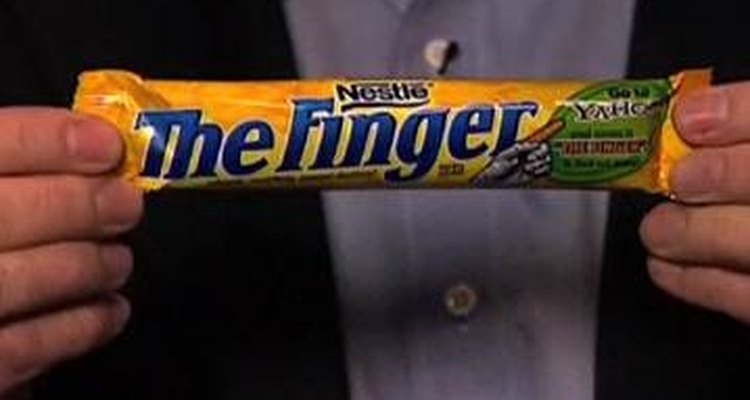
On April Fool's day in 2008, The Nestle Corporation played an April fool's Day prank on consumers. They announced that the name "Butterfinger" had been retired and that the new name "The Finger" was in effect immediately. To back up the claim the store 7-Eleven gave away free Butterfinger bars wrapped in "The Finger" wrappers to 200,000 people.
Related Articles

History of M&M's Candies
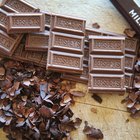
Nutritional Facts on a King Size ...

How Much Caffeine Is in Tootsie Rolls?

Calories in a Mini Mars and a Milky Way ...

Jelly Belly Nutritional Information

Brands of Jams & Jellies
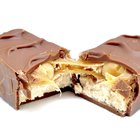
How Many Calories Are in a Fun Size ...

Swiss Chocolate Facts
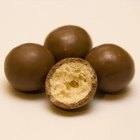
Malted Milk Ball History
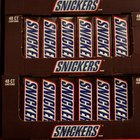
Snickers Bar Ingredients

Nutrition Facts for Tootsie Rolls

Nutritional Information on Junior Mints
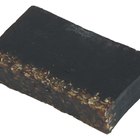
About African Black Soap
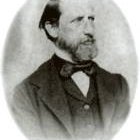
The History of Nestle Chocolate

Kitkat Nutrition Information
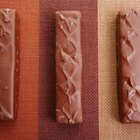
Ingredients of Candy Bars

The History of Caramel Candy

Wendy's Frosty Nutrition Information
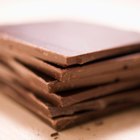
How Many Calories Do Popular Chocolates ...
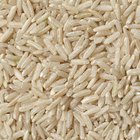
Kim's Magic Pop Nutrition Information
Resources
Writer Bio
Connie Whiting has been a professional writer since 1999. She is published in Red Rock Press Anthologies and "Legacy" magazine. She is also an experienced food column writer. Past positions include certified dental assistant and virtual assistant for “Your Invisible Assistant” a service focused on travel arrangements and media writing. Currently, Connie writes for Demand Studios while pursuing an Associate of Arts.
Photo Credits
http://www.flickr.com